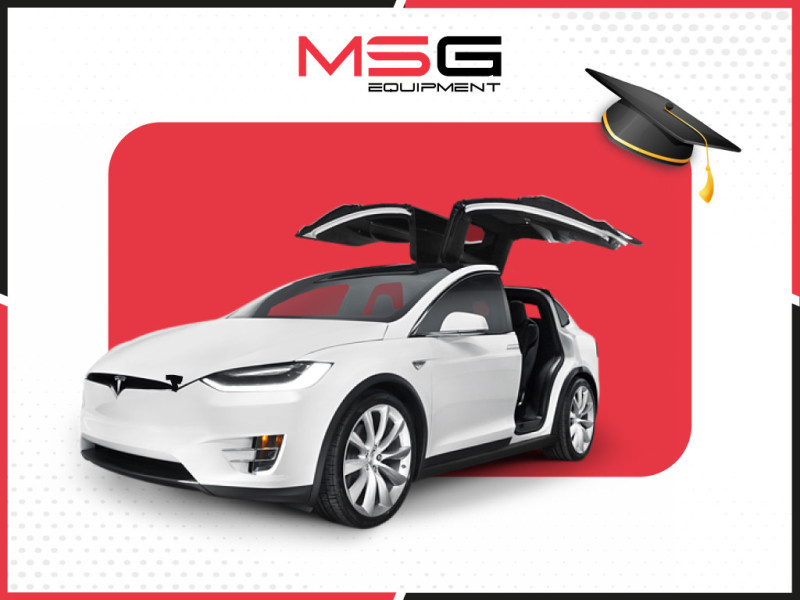Training course on diagnostics and repair of Tesla electric vehicles
What you will learn
- Connecting the LOKI scanner to various Tesla models (Model S/X/3/Y)
- Reading and interpreting DTCs and live data from control units
- Calibrating and reconfiguring ECUs
- Programming vehicle keys
- Editing Tesla vehicle configuration
This course is designed for professionals aiming to master modern methods of diagnosing and repairing Tesla vehicles. It focuses on working with the LOKI diagnostic scanner, which enables comprehensive interaction with Tesla vehicles — from reading fault codes to key programming and configuration editing.
Training is conducted on a modern interactive online platform that provides a convenient format for distance learning, step-by-step material presentation, and the ability to independently track progress.
Course features:
- Interactive format: materials are presented as short lessons with step-by-step instructions and clear visual examples.
- Flexible schedule: training can be completed at any convenient time, from any device, and from anywhere in the world.
- Automatic progress saving: the course platform records completed steps, allowing you to continue learning from where you left off.
- Built-in tests: after each section, there are short quizzes to reinforce the material.
- Visualization: videos, animations, and diagrams help to easily understand complex technical topics.
- Continuous updates: the course program is regularly updated with new materials reflecting changes in Tesla vehicle designs and software features, as well as descriptions of new functions and capabilities of the LOKI device.
Who is this course for
- Tesla service technicians
- Engineers and auto mechanics working with EVs
- Small garage owners looking to expand their service offerings
- Beginners aiming to learn Tesla diagnostics
Prerequisites
- Basic knowledge of auto electronics/electrics
- Experience with diagnostic tools is desirable
- Confident PC user skills
Course Content
Basics of communication between electronic control units, principles of CAN and other data bus operation
Architecture of the LV network, ECUs, features of working with components, diagnostics, and fault repair
HV components, operating principles, diagnostics, and troubleshooting.
Reading and verifying certificates, unlocking vehicle ports.
Working with firmware, updates, and Tesla vehicle configurations.
Principles of Tesla diagnostics.
Detailed overview of the LOKI interface.







